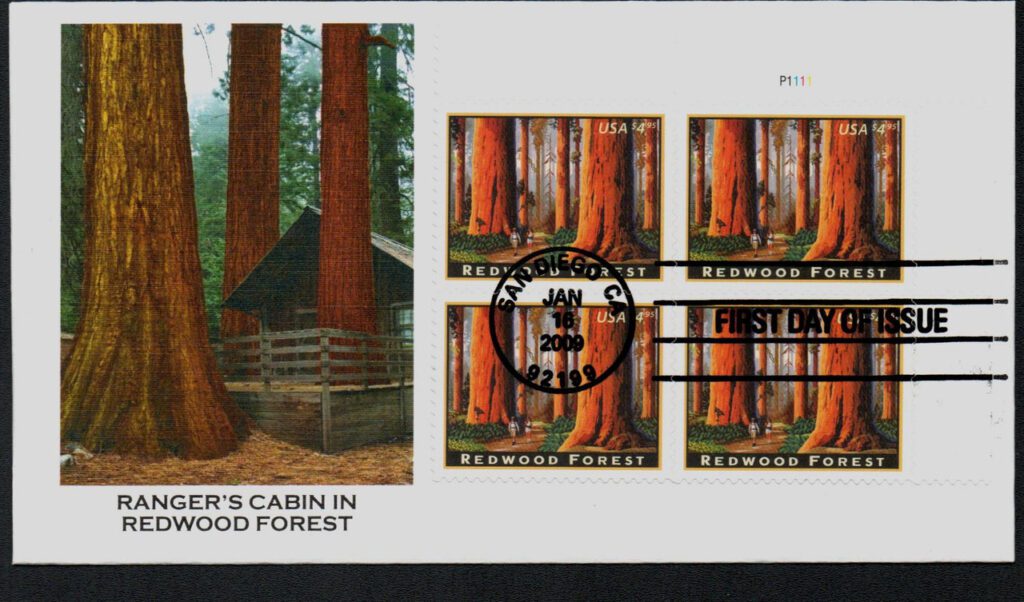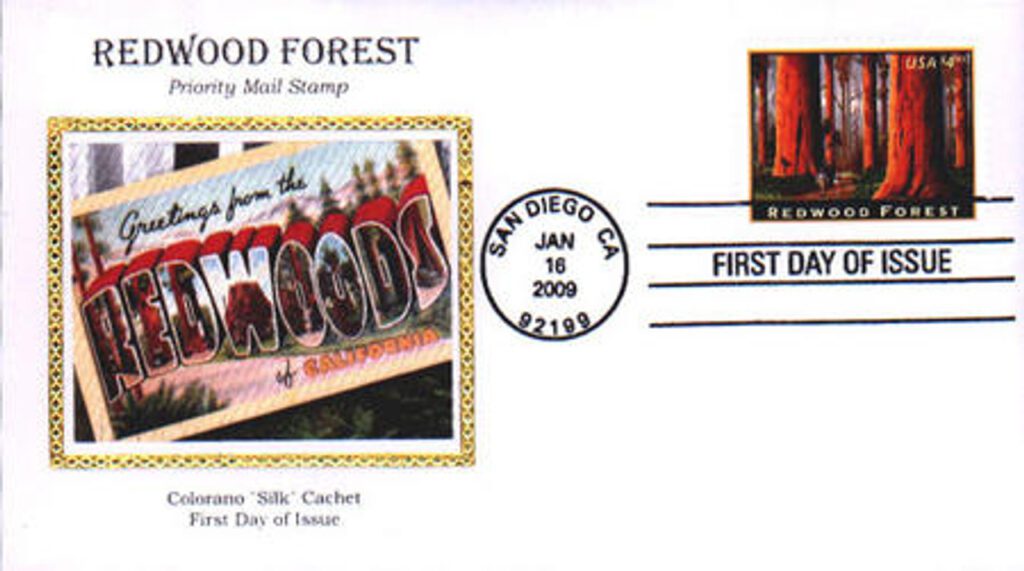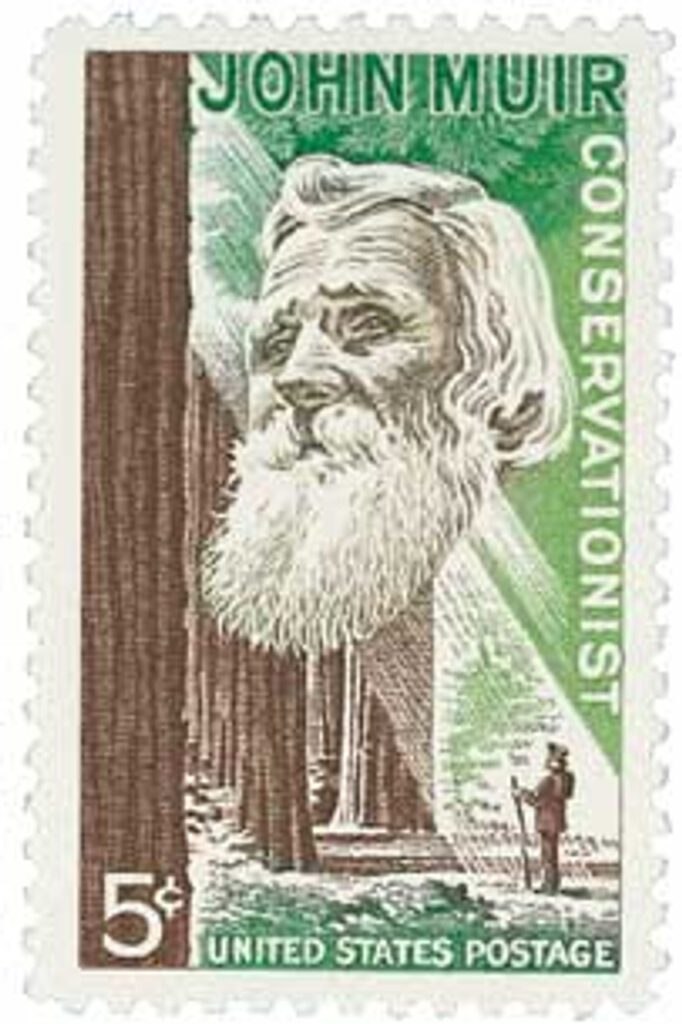
On October 2, 1968, President Lyndon B. Johnson signed legislation establishing Redwood National Park, protecting some of the most spectacular trees on Earth. This act was the result of decades of effort by conservationists who feared that these natural giants might vanish forever if logging continued unchecked. Today, the park stands not only as a refuge for the towering redwoods but also as a symbol of America’s growing awareness of the importance of preserving its natural treasures.
Redwoods are among the tallest living things in the world, reaching heights of over 350 feet and living for more than 2,000 years. They are unique to the cool, foggy coasts of northern California and southern Oregon, where the climate provides the moisture and conditions they need to thrive. Native American tribes, including the Yurok, Karuk, and Tolowa, lived among these forests for thousands of years. They used the massive, straight-grained trees for practical purposes, such as building homes, dugout canoes, and ceremonial structures. The trees were so large and durable that one fallen trunk could provide shelter or raw material for years. To many of these tribes, the redwoods were not only resources but also sacred beings connected to their cultural traditions and spiritual beliefs.
When Europeans and Americans arrived on the West Coast, they were stunned by the size of the redwoods. Jedediah Smith, the first American explorer to travel along the northern California coast in the 1820s, described them as “the noblest trees” he had ever seen. For a time, the remoteness of the forests kept them safe, but that would change quickly in the mid-19th century.

The California Gold Rush in 1849 brought thousands of fortune seekers to the region. In 1850, gold was discovered in the Trinity River, not far from the great redwood forests. While most miners failed to strike it rich, many recognized another opportunity: lumber. The fast-growing cities of San Francisco, Sacramento, and others desperately needed building materials. Redwood, with its strength, straight grain, and resistance to decay, became a prized commodity. As a result, logging operations expanded rapidly. Entire hillsides of ancient trees were cut down and shipped away to build homes, bridges, and railroads. Within only a few decades, the once vast redwood forests — which had covered about two million acres — were reduced to fragments.
By the early 1900s, conservationists realized how much had been lost and began pushing for protection. Inspired by the broader conservation movement of the era, groups of nature lovers, scientists, and sportsmen began to organize. In 1918, members of the Boone and Crockett Club founded the Save-the-Redwoods League, dedicated to protecting what remained of these giant trees. The League raised money to purchase redwood groves and, working with the state of California, helped create four state parks within a decade: Jedediah Smith Redwoods, Del Norte Coast Redwoods, Prairie Creek Redwoods, and Humboldt Redwoods. These parks preserved some of the last stands of old-growth forest.
Yet, conservationists wanted more. They dreamed of establishing a national park that would ensure long-term protection on a larger scale. However, progress was slow. The demand for lumber during World War II, followed by the postwar housing boom, meant that logging remained a powerful force in the region. Efforts to create a national park faced resistance from the timber industry and from communities that relied on logging jobs.
Despite these obstacles, conservationists continued to campaign, gaining allies in Congress and among the public. Finally, in 1968, after years of lobbying and negotiation, Congress passed a bill to establish Redwood National Park, and President Johnson signed it into law on October 2. At first, the park covered 58,000 acres, including some of the tallest trees in the world. Later, in the 1970s, additional land was added to expand the park and protect watersheds that fed into the forest. In 1994, Redwood National Park was formally combined with the surrounding California state parks, creating a unified system that today preserves nearly 140,000 acres of old-growth redwoods, prairies, rivers, and coastline.
Today, Redwood National and State Parks are recognized as a UNESCO World Heritage Site and International Biosphere Reserve. Visitors from around the world come to walk among the giants, experiencing firsthand what earlier generations nearly lost forever.
| FREE printable This Day in History album pages Download a PDF of today’s article. Get a binder or other supplies to create your This Day in History album. |
Discover what else happened on This Day in History.








The great restoration job well done !!!!!!!!!!!!!
Good information
“Day in History” series is so interesting and such a plus to all our stamp collecting. It shows what a special company this is. Thank you…
As a kid growing up in California always enjoyed visiting the Redwoods. Took my wife there on our honeymoon.
Visited the Big Trees as a kid. Amazing!!
Since some years too many people are visiting this great park…..visitors…..”take care of everything in this sacred area”
I am so glad they made this area into a National Park, to preserve it for future generations. There are people out there who are greedy and indifferent enough to completely strip the trees for lumber and leave the environment decimated. Sad but true…
I love those points in history because we don’t always know the full story
This is the most informative data I have ever in countered. Very interesting
Keep up the good work.
God Bless America
Just started receiving your “Day in History” articles…very impressive! Each piece is well written filled with interesting information. Thank you…can’t wait to see what tomorrow brings…it’s my birthday!